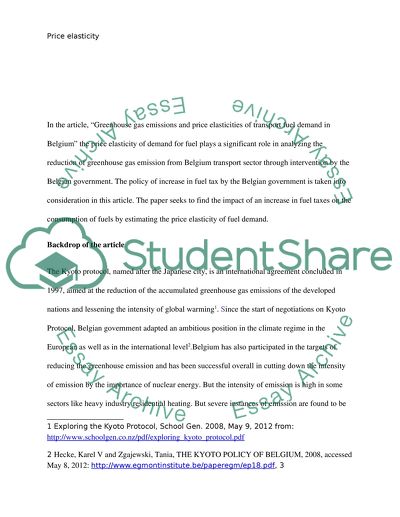Cite this document
(“Greenhouse gas emissions and price elasticity of transport fuel demand Essay”, n.d.)
Retrieved from https://studentshare.org/macro-microeconomics/1398690-economic
Retrieved from https://studentshare.org/macro-microeconomics/1398690-economic
(Greenhouse Gas Emissions and Price Elasticity of Transport Fuel Demand Essay)
https://studentshare.org/macro-microeconomics/1398690-economic.
https://studentshare.org/macro-microeconomics/1398690-economic.
“Greenhouse Gas Emissions and Price Elasticity of Transport Fuel Demand Essay”, n.d. https://studentshare.org/macro-microeconomics/1398690-economic.


